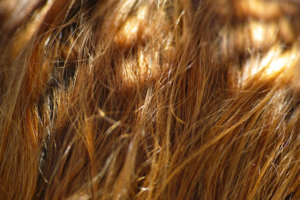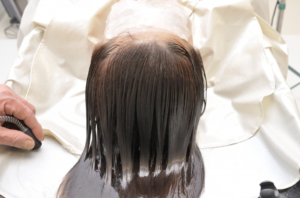
Getting a hair extension can be your quickest solution when you need a change in your appearance. It can be a matter of confidence or style preference, but whatever your reasons are, changing your hair can definitely give a significant difference.
However, you need to know the basic glossary of hair extension if you want to get the best result. Consider this article as your guide, and even though you are still experimenting with your hair, you won’t make any serious or costly mistakes.
Learn the Types of Hair Extensions
 Based on the materials used, there are basically two categories of hair extensions: synthetic and natural. Synthetic hair goes with many names, such as premium, synthetic fibers, and Futura. The highest quality among them is the Futura. It can withstand heat so that it can still be curled or straightened, but not colored.
Based on the materials used, there are basically two categories of hair extensions: synthetic and natural. Synthetic hair goes with many names, such as premium, synthetic fibers, and Futura. The highest quality among them is the Futura. It can withstand heat so that it can still be curled or straightened, but not colored.
Natural hair also has many variants. Remy hair is cut directly from one donor, and all of the strands run in one direction. These qualities make Remy hair the best natural extension out there. Second, there’s the virgin hair, which also goes with the name ‘raw hair’. Virgin hair is untreated so that it can be worn in its most natural state. However, since virgin hair may come from several donors, it may not be as smooth as Remy.
Based on the application methods, there are semi-permanent and clip-on extensions. The first is the closest to having long natural hair, but it may require extra care. Meanwhile, the clip-on is your right type if you like to change your hairstyle quickly and frequently.
Know the Texture Variants
Just like people’s natural hair, extensions are made in various texture choices: silky straight, coarse straight, yaki, deep wave, curly wave, romance wave, wet and wavy, and kinky curly. If your real hair is wavy, then you can experiment with many other extension textures. But for deep wavy and kinky curly, you need to stick with the ones that resemble your real hair. Besides, you guys can still give yourself a makeover by going with different colors. No matter what the textures are, they are all available in many natural colors.
Understand Your Expectancies
 First, hair extensions do not last forever. If you opt for the semi-permanent extensions, remember that your real hair will grow, and at some point, the extension will detach from the bonds. Therefore, semi-permanent extensions rarely last more than six months.
First, hair extensions do not last forever. If you opt for the semi-permanent extensions, remember that your real hair will grow, and at some point, the extension will detach from the bonds. Therefore, semi-permanent extensions rarely last more than six months.
Second, the non-permanent extensions may last longer than the semi-permanent, but they require proper care. You need to moisturize them with organic hair care products. Make sure that you avoid shampoos that have sulfate and alcohol in them as those chemicals can make your extension dry and vulnerable to tangling.




